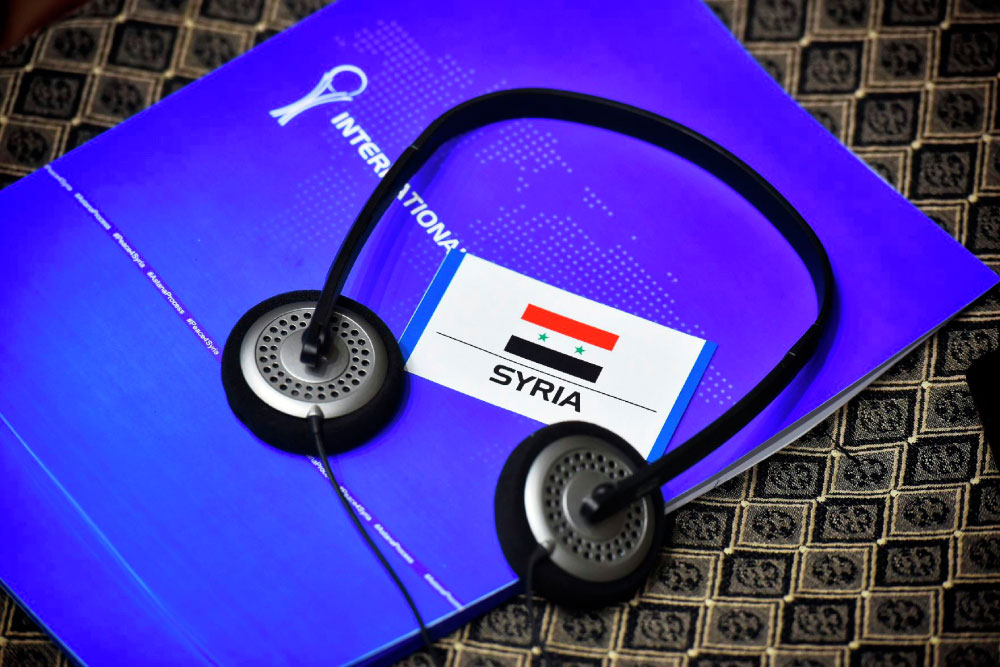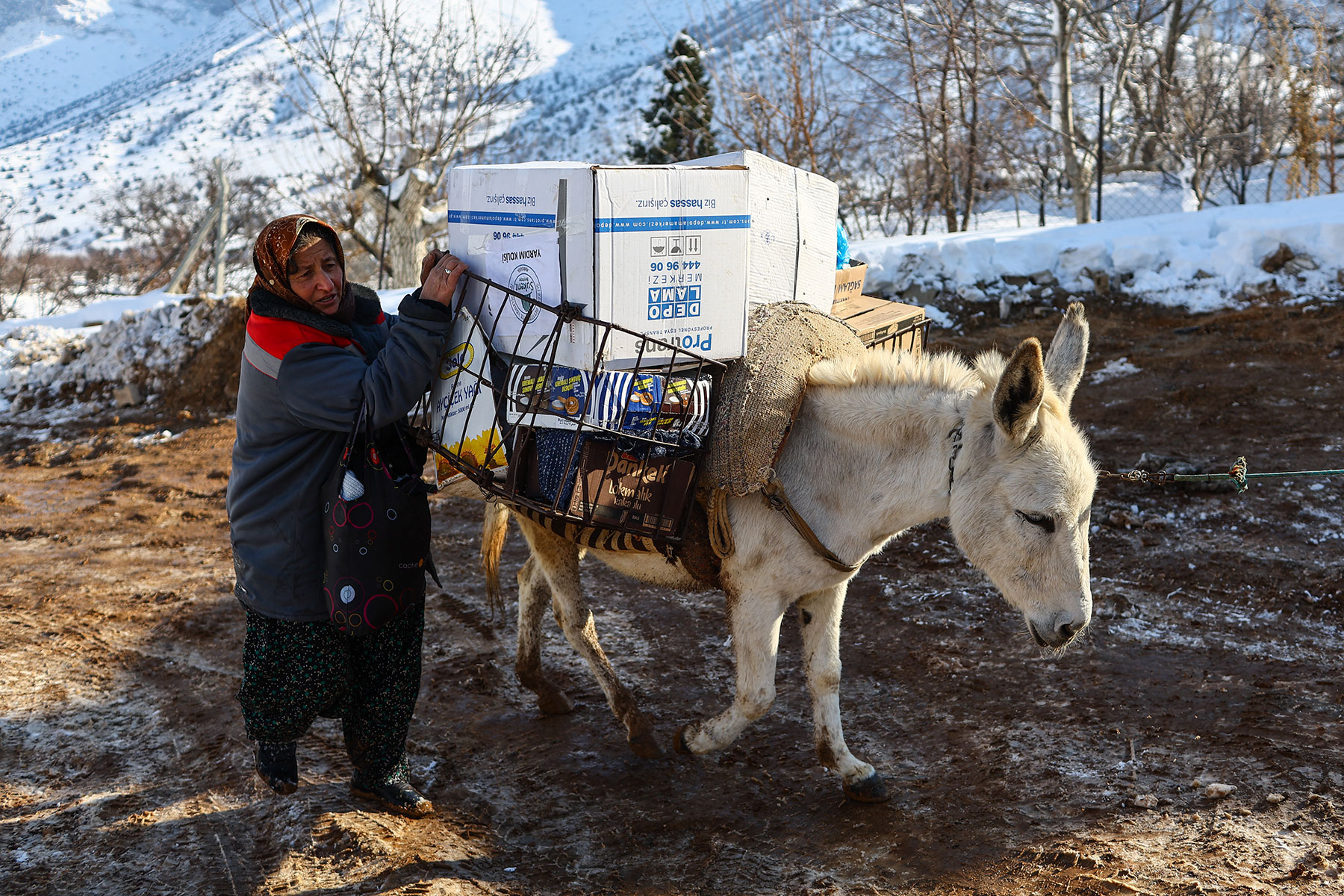For the last 12 years, the war in Syria has been raging on. March 15, 2011 is considered to be the starting date of the conflict. At that time, the Syrian Republic was overwhelmed by mass protests following the havoc brought by the Arab Spring. As a result, a political crisis escalated into violent clashes, bringing external forces into the mix. Despite the cessation of large-scale hostilities, we cannot say that the Syrian conflict is frozen. There are still some clashes in the country, including those involving foreign countries.
Although the organization’s main forces have been defeated, there are still sleeper cells in the Syrian desert. According to the UN, there are between 6,000 and 10,000 ISIS terrorists in Syria and Iraq, not counting the present representatives from other organizations. Additionally, there are thousands of terrorists in Syrian prisons (including those controlled by the Syrian Democratic Forces), which are becoming breeding grounds for jihadist ideas.
Moreover, the risk of escalation between individual countries still remains. The Syrian crisis may also demonstrate that Russia and the United States can find common ground even amid the difficult situation over Ukraine.
Another problem is Syria’s severe humanitarian crisis. According to the UN, 90% of Syrians live below the poverty line. This situation is further compounded by even more serious economic difficulties. The conflict is encouraging the expanding informal economy to play a major role in Syria due to high levels of corruption.
Until 2022, a number of Russian companies were reasonably worried about doing business in Syria because of the risk of Western sanctions. However, now that many of the concerned organizations have fallen under the same sanctions themselves, the importance of this factor has diminished and Russia can expand its presence in Syria. This would allow Syria, a key ally of Russia in the Middle East, to manage its difficulties better.
For the last 12 years, the war in Syria has been raging on. March 15, 2011 is considered to be the starting date of the conflict. At that time, the Syrian Republic was overwhelmed by mass protests following the havoc brought by the Arab Spring. As a result, a political crisis escalated into violent clashes, bringing external forces into the mix. Turkey, in particular, has been supporting the Syrian opposition. Initially, it was also supported by the United States, Saudi Arabia and Qatar. Despite the cessation of large-scale hostilities, we cannot say that the Syrian conflict is frozen. There are still some clashes in the country, including those involving foreign countries.
The Syrian government now controls approximately 65% of the territory. Most of the northeastern governorates of Raqqa, Al-Hasakah, and the northern parts of Deir ez-Zor are controlled by the Syrian Democratic Forces (SDF), consisting mainly of Kurdish militias. Part of Idlib is occupied by the radical Hay'at Tahrir al-Sham movement (outlawed in the Russian Federation). A number of areas in Aleppo, Raqqa, Al-Hasakah and Idlib are under the de facto protectorate of Ankara, which was established as a result of Turkish military operations: “Euphrates Shield”, “Olive Branch” and “Source of Peace”.
Syria is still a hotbed of terrorism. The posing extremist threat reached its peak in 2015, when ISIS (outlawed in the Russian Federation) seized numerous major cities. Although the organization’s main forces have been defeated, there are still sleeper cells in the Syrian desert. According to the UN, there are between 6,000 and 10,000 ISIS terrorists in Syria and Iraq, not counting the present representatives from other organizations. Additionally, there are thousands of terrorists in Syrian prisons (including those controlled by the Syrian Democratic Forces), which are becoming breeding grounds for jihadist ideas.
Moreover, the risk of escalation between individual countries still remains. There is a U.S. military base, Al-Tanf, in the southeastern province of Homs, along the Iraq-Jordan-Syria border. Syria can also be described as a Russian stronghold in the Middle East. In 2015, Russia launched a military operation against ISIS after Damascus appealed to Moscow for help. The Russian Hemeimeem air base and the Russian Tartus naval base are both located in Syria. Iran also has significantly increased its presence in recent years. Turkey constantly warns about the possibility of launching another military operation in northern Syria against Kurdish militias.
With all things considered, the risk that tensions between Moscow and Washington may spillover into Syria remains high. However, the Syrian crisis may also demonstrate that Russia and the United States can find common ground even amid the difficult situation over Ukraine.
Another problem is Syria’s severe humanitarian crisis. According to the UN, 90% of Syrians live below the poverty line. In 2022, the international organization allocated only 47% of the amount needed to implement humanitarian programs. Fuel shortages and high food prices are only exacerbating the existing humanitarian problems. This situation is further compounded by even more serious economic difficulties. The conflict is encouraging the expanding informal economy to play a major role in Syria due to high levels of corruption. The country's civilian infrastructure has not yet been restored, and the sanctions imposed on Damascus by the United States and the EU in particular are hampering economic recovery.
Until 2022, a number of Russian companies were reasonably worried about doing business in Syria because of the risk of Western sanctions. However, now that many of the concerned organizations have fallen under the same sanctions themselves, the importance of this factor has diminished and Russia can expand its presence in Syria. This would allow Syria, a key ally of Russia in the Middle East, to manage its difficulties better.
The war in Syria has shown that a military solution to the conflict is doomed to fail, and establishing political peace seems almost the only probable way to resolve the conflict. However, the unresolved Kurdish issue remains one of the main stumbling blocks to a real settlement. The northeastern parts of Syria controlled by the SDF are demanding greater political and economic autonomy.
No progress can be made without an agreement between the government in Damascus and the Syrian Kurds on the post-war settlement of the country. The government's willingness to find a compromise that takes into account the interests of the Autonomous Administration of North and East Syria could help resolve the crisis. The experience of Iraq, where the Kurds have been granted fairly extensive autonomy, could serve as an example of a successful solution to a similar problem.
Russia could act as a mediator between the Syrian government and the Kurds. Also, Moscow can guarantee the implementation of political agreements between the Syrian government and the Autonomous Administration of North and East Syria. However, much of this will depend on Damascus' flexibility and the Syrian political system's desire for reforms.






